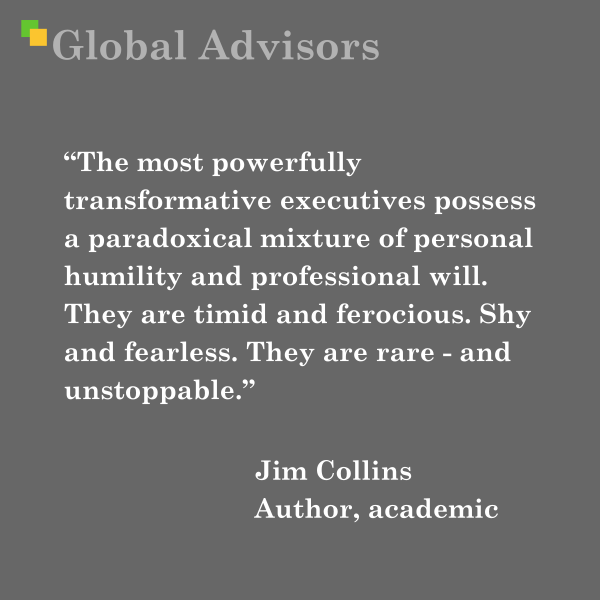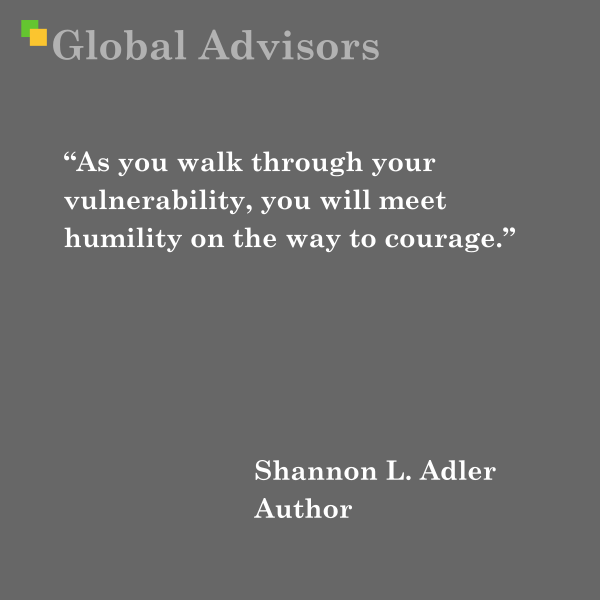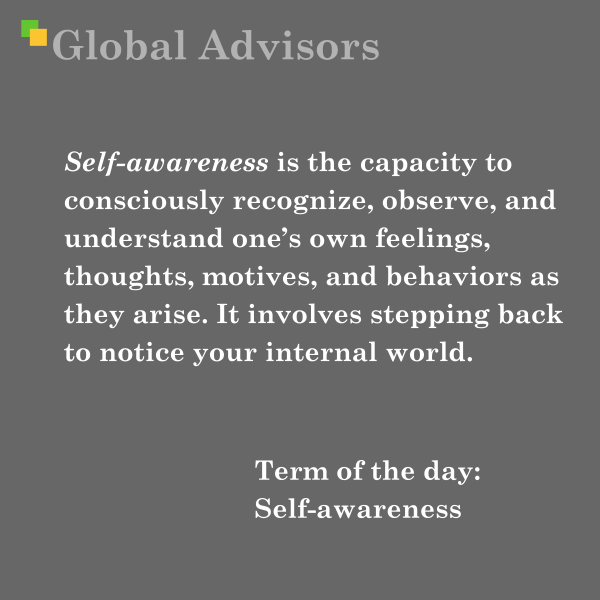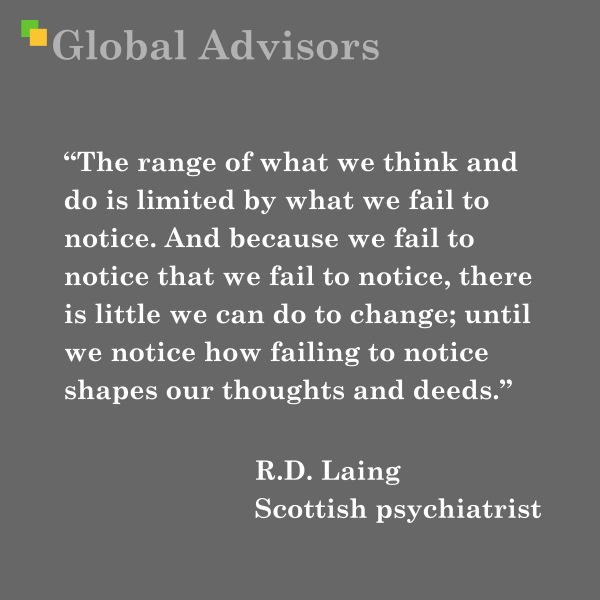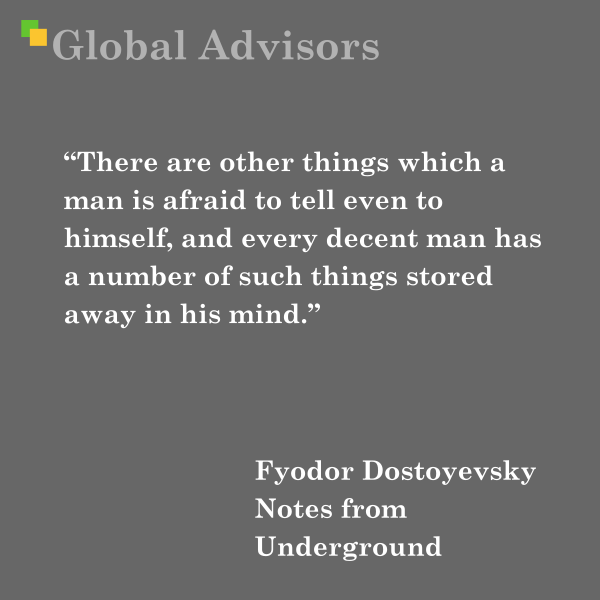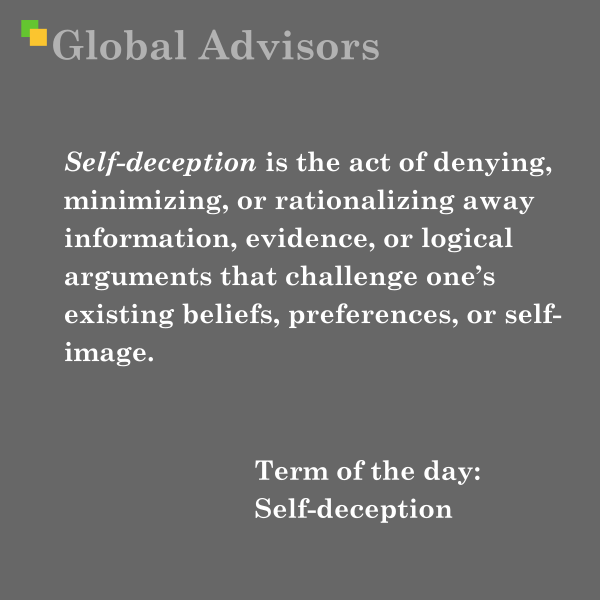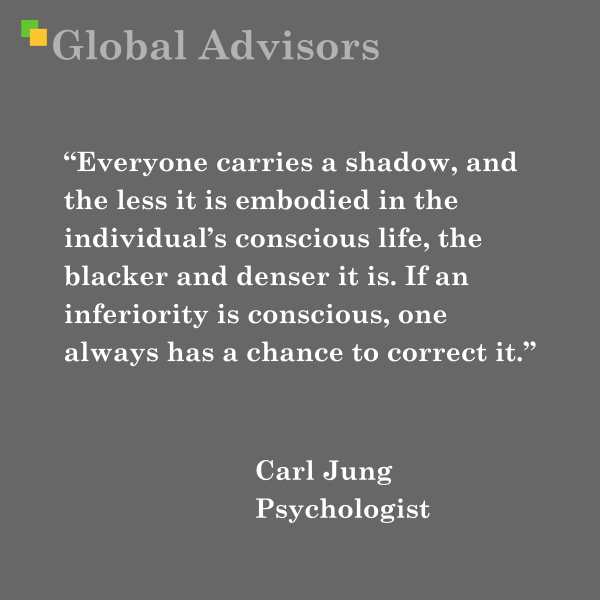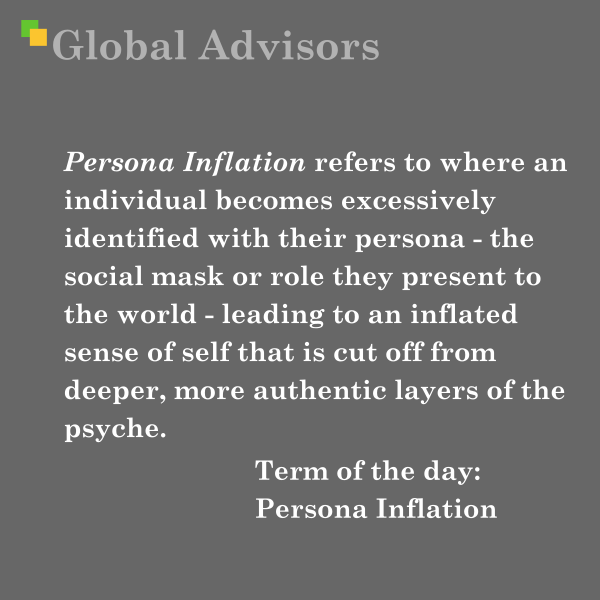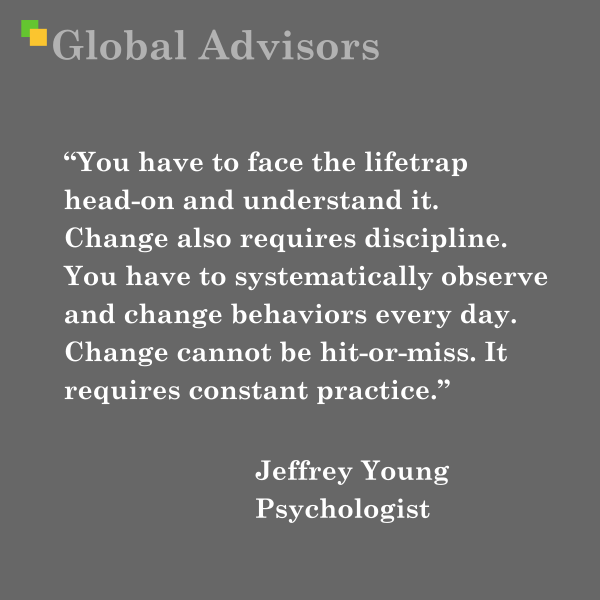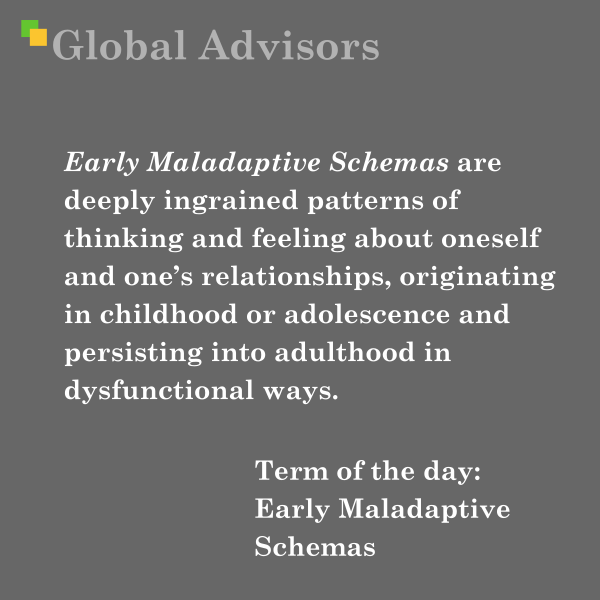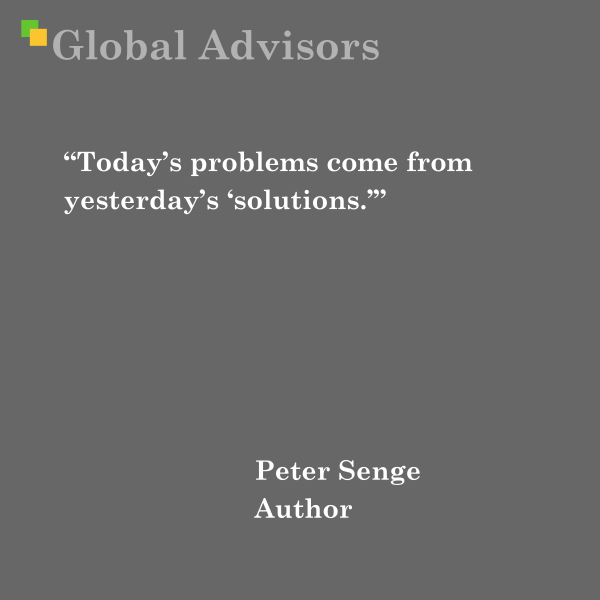“The most powerfully transformative executives possess a paradoxical mixture of personal humility and professional will. They are timid and ferocious. Shy and fearless. They are rare – and unstoppable.” – Jim Collins – Author, academic
Jim Collins, the author behind this quote, is a renowned figure in business thinking whose work has fundamentally shaped how organizations and leaders view greatness and transformation. Collins is best known for his ground-breaking research and best-selling books on business management, leadership, and organizational sustainability, with “Good to Great” standing out as a seminal text.
Jim Collins’ Backstory and Context of the Quote
Jim Collins began his professional journey with a Bachelor of Science in Mathematical Sciences from Stanford University, followed by an MBA from the Stanford Graduate School of Business. Early in his career, he worked at McKinsey & Company, where he witnessed first-hand the research that would underpin In Search of Excellence, one of the early classics in management literature.
His intellectual curiosity led him to academia, where he taught at Stanford’s Graduate School of Business and earned distinction for his contributions. It was during this period that Collins started asking probing questions: What sets truly great companies apart? How do ordinary organizations become exceptional? These explorations culminated in his influential research laboratory in Boulder, Colorado, where he worked with leaders from diverse sectors—corporate, non-profit, and even the military.
The featured quote exemplifies Collins’s insight from the “Level 5 Leadership” concept, introduced in Good to Great. Through extensive research, Collins and his team identified that the most transformative leaders combined personal humility with unwavering professional will. These leaders are not brash or self-aggrandizing; rather, their strength is paradoxical. They are both “timid and ferocious,” “shy and fearless,” embodying a rare blend of virtues that make them, as Collins notes, “unstoppable”. This philosophy challenged the then-prevailing myth that only charismatic, larger-than-life personalities could lead organizations to enduring success.
About Jim Collins
Jim Collins is recognized as a preeminent business thinker worldwide, having authored or co-authored six major works—including Built to Last, Good to Great, and How the Mighty Fall—that have collectively sold over ten million copies. Beyond his research and writing, Collins has worked as a consultant and teacher to executives in both the public and private sectors, and his influence extends far beyond academia. He has been shaped by mentorships with other leading thinkers, notably Peter Drucker, whom Collins has described as his greatest inspiration.
Leading Theorists Related to Transformative Leadership
The field of transformative and paradoxical leadership draws on a rich tradition of management thought:
- Peter Drucker is considered the father of modern management and was a major influence on Collins. Drucker’s approach to management emphasized integrity, decentralization, and a focus on results rather than charisma or force of personality. Drucker’s writings, including The Practice of Management, underpin much of today’s thinking on leadership effectiveness and long-term organizational success.
- Tom Peters and Robert Waterman were pivotal figures in developing the excellence movement with their book In Search of Excellence. Their research, which Collins encountered during his time at McKinsey, focused on the traits that distinguish high-performing organizations, including the importance of strong yet humble leadership.
- Warren Bennis contributed significantly to leadership studies, particularly around authentic leadership—leaders who are self-aware, guided by values, and able to inspire trust and performance within teams.
- John Kotter is known for his work on leading organizational change, emphasizing that effective transformational leaders create a sense of urgency, craft a vision, and empower others—a framework that complements Collins’s observations on humility and will.
- James MacGregor Burns introduced the concept of transformational leadership, describing leaders who motivate followers by raising their level of morality and motivation, echoing Collins’s findings about humility and aspiration.
Legacy and Impact
The synthesis of personal humility and professional will continues to redefine what is expected of leaders in business and beyond. Collins’s insights have inspired executives and aspiring leaders to seek greatness not through ego or bravado, but through resilience, discipline, and a quiet but relentless drive for excellence. His ongoing contributions keep shaping new generations of leaders in pursuit of not just success, but true and enduring greatness.
